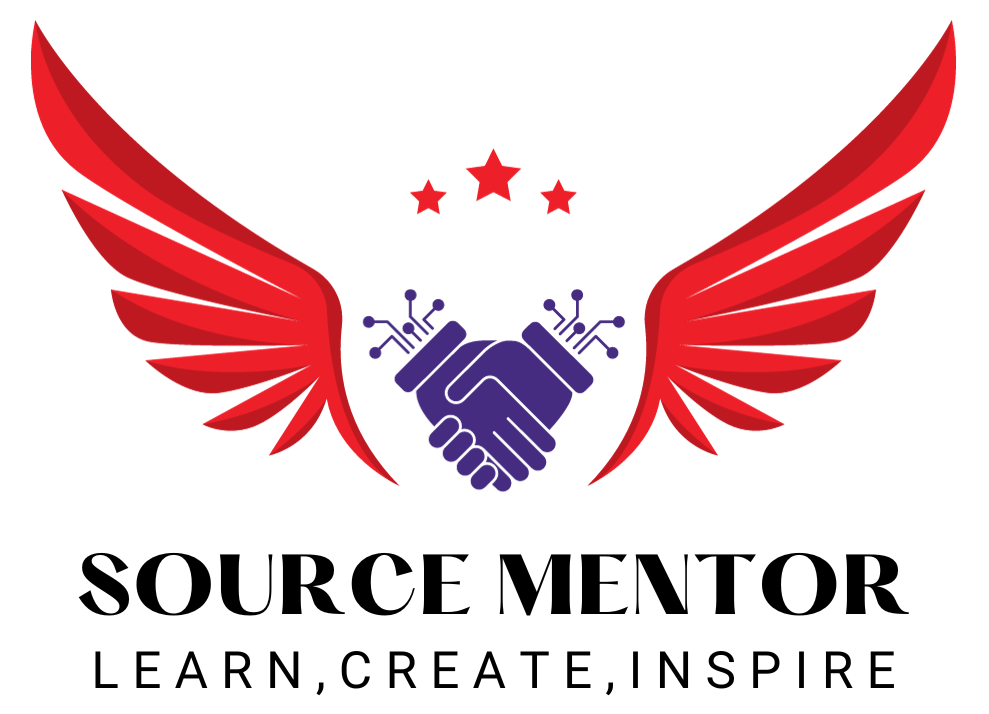What is a mobile device?
मोबाइल डिवाइस कोई भी हैंडहेल्ड कंप्यूटर के लिए एक सामान्य शब्द है। ये डिवाइस अत्यंत पोर्टेबल बनाए गए हैं, और आमतौर पर आपके हाथ में फिट हो सकते हैं। कुछ मोबाइल डिवाइस—जैसे टैबलेट, ई-रीडर्स, और स्मार्टफोन—इतने शक्तिशाली होते हैं कि आप डेस्कटॉप या लैपटॉप कंप्यूटर के साथ कर सकते हैं।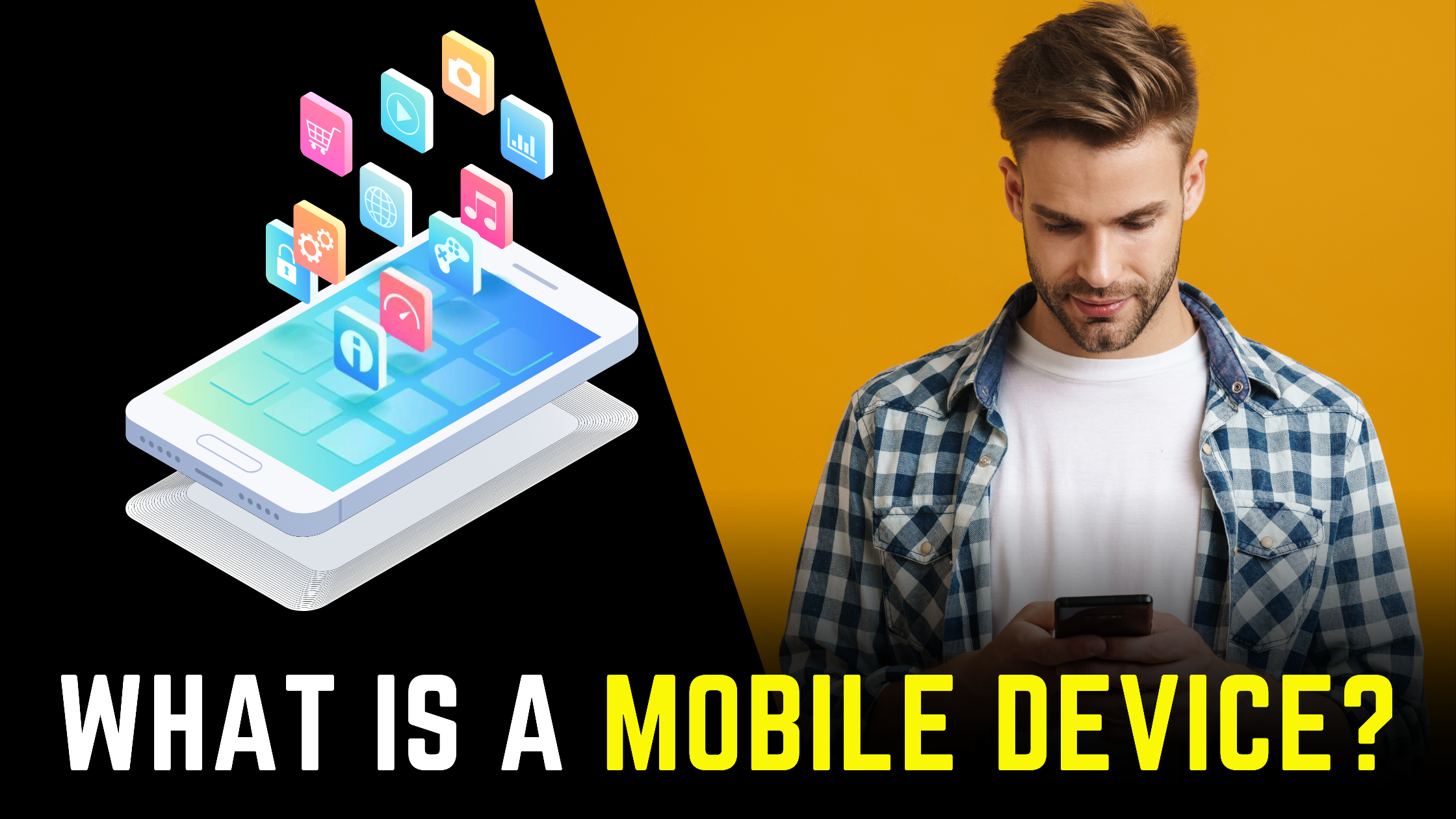
Tablet computers
लैपटॉप की तरह, टैबलेट कंप्यूटर्स को पोर्टेबल बनाए गए हैं। हालांकि, ये एक अलग कंप्यूटिंग अनुभव प्रदान करते हैं। सबसे स्पष्ट अंतर यह है कि टैबलेट कंप्यूटर्स में कीबोर्ड या टचपैड नहीं होता। इसके बजाय, पूरी स्क्रीन स्पर्श-संवेदनशील होती है, जिससे आप वर्चुअल कीबोर्ड पर टाइप कर सकते हैं और अपनी उंगली को माउस पॉइंटर के रूप में उपयोग कर सकते हैं।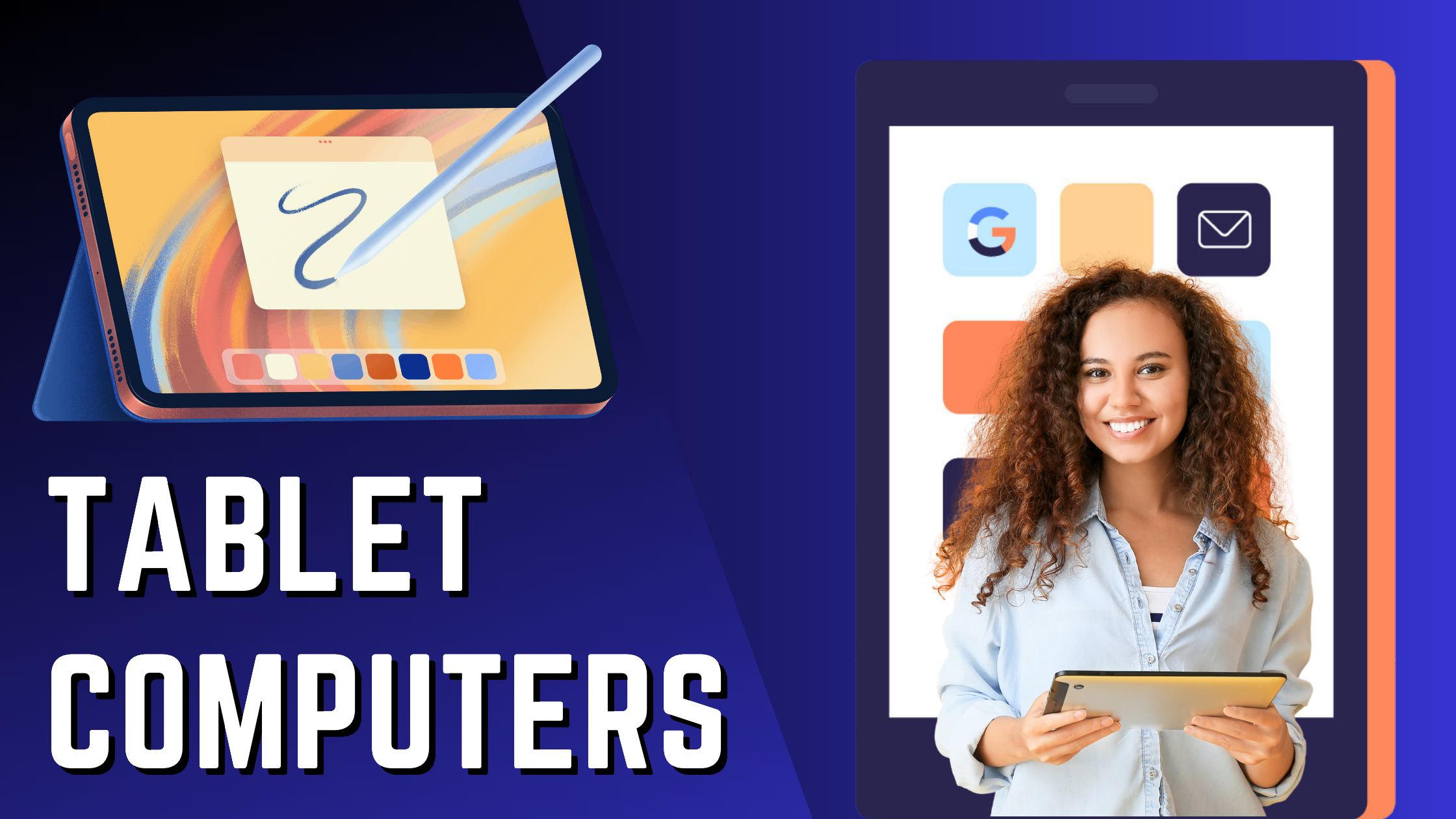
टैबलेट कंप्यूटर्स निश्चित रूप से वो सभी काम नहीं कर सकते जो रिक्ति कंप्यूटर्स कर सकते हैं। बहुत से लोगों के लिए, एक पारंपरिक कंप्यूटर जैसे डेस्कटॉप या लैपटॉप की आवश्यकता होती है ताकि कुछ प्रोग्राम्स का उपयोग किया जा सके। हालांकि, टैबलेट कंप्यूटर की सुविधा का मतलब है कि यह एक दूसरे कंप्यूटर के रूप में आदर्श हो सकता है।
E-readers
ई-बुक रीडर्स—जिन्हें ई-रीडर्स भी कहा जाता है—टैबलेट कंप्यूटर्स के समान होते हैं, केवल वे मुख्य रूप से ई-बुक्स (डिजिटल, डाउनलोड किये गए पुस्तकें) को पढ़ने के लिए डिज़ाइन किए गए होते हैं। महत्वपूर्ण उदाहरण में शामिल हैं Amazon Kindle, Barnes & Noble Nook, और Kobo। अधिकांश ई-रीडर्स ए-इंक डिस्प्ले का उपयोग करते हैं, जो एक पारंपरिक कंप्यूटर डिस्प्ले से पढ़ने में आसान होता है। आप यहाँ तक की तेज़ धूप में भी पढ़ सकते हैं, जैसे कि आप एक सामान्य किताब को पढ़ रहे हों।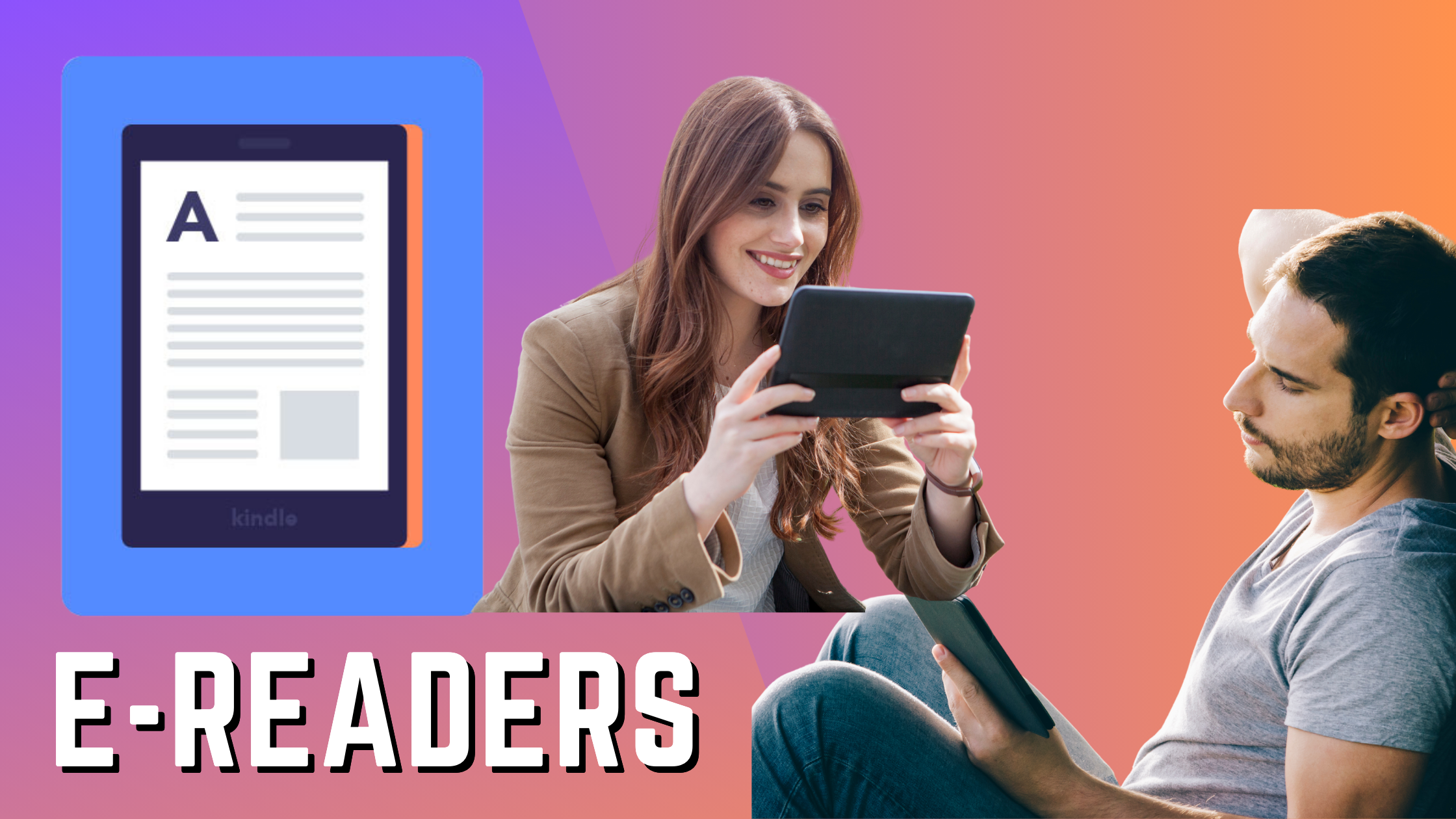
आपको ए-रीडर की आवश्यकता नहीं होती है ताकि आप ई-बुक्स को पढ़ सकें। इन्हें टैबलेट्स, स्मार्टफोन, लैपटॉप, और डेस्कटॉप्स पर भी पढ़ा जा सकता है।
Smartphones
एक स्मार्टफोन एक पारंपरिक सेल फोन का एक अधिक शक्तिशाली संस्करण है। एक बुनियादी सुविधाओं के अलावा—फोन कॉल, वॉयसमेल, टेक्स्ट मैसेजिंग—स्मार्टफोन्स इंटरनेट को वाई-फाई या सेल्युलर नेटवर्क के माध्यम से कनेक्ट कर सकते हैं (जो मासिक डेटा योजना खरीदने की आवश्यकता होती है)। इसका मतलब है कि आप एक स्मार्टफोन का उपयोग करके उनी ही चीजें कर सकते हैं जो आप आमतौर पर कंप्यूटर पर करते हैं, जैसे कि अपने ईमेल की जांच, वेब ब्राउज़िंग, या ऑनलाइन खरीदारी।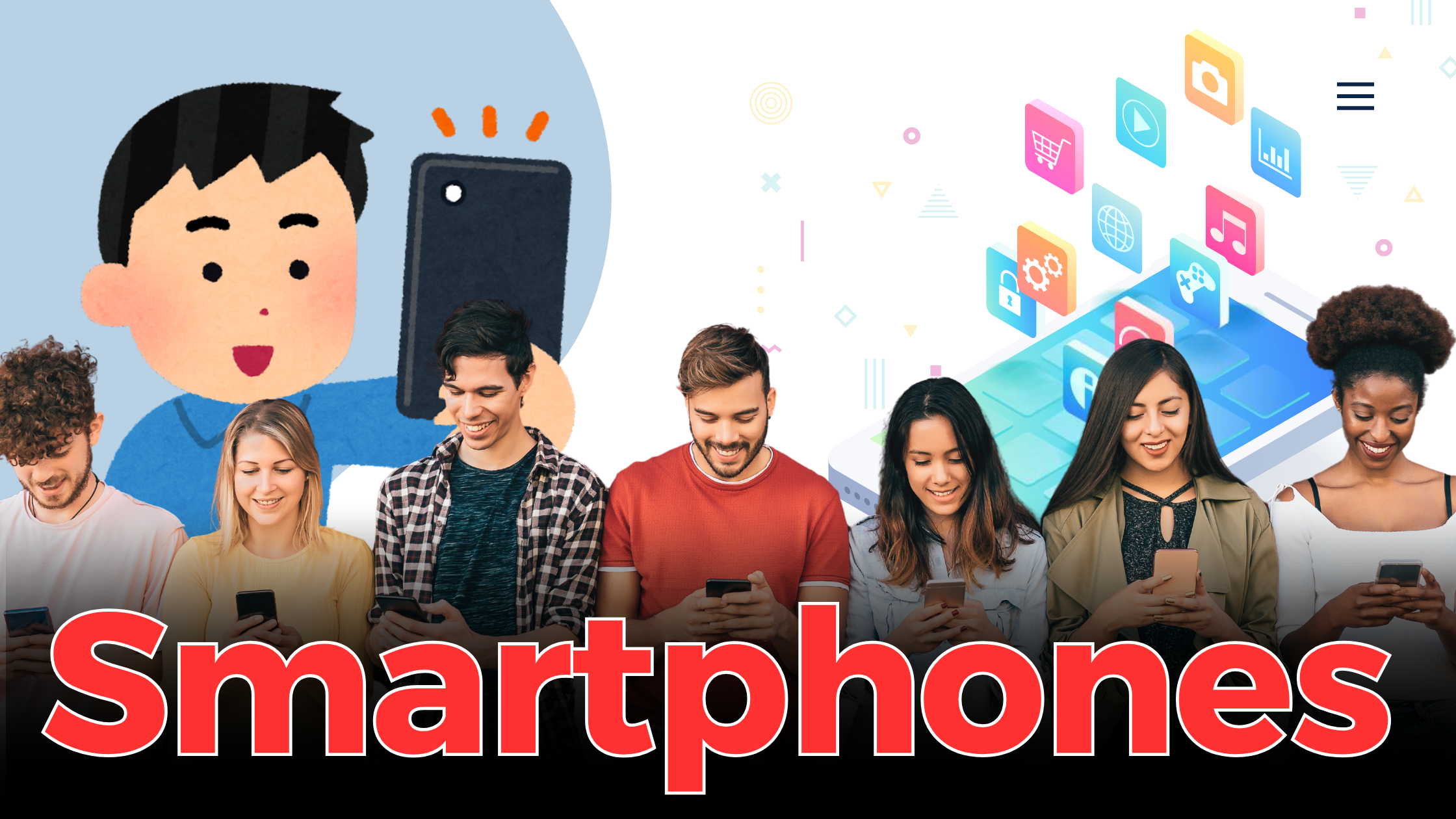
अधिकांश स्मार्टफोन्स स्पर्श-संवेदनशील स्क्रीन का उपयोग करते हैं, जिसका मतलब है कि उपकरण पर कोई भौतिक कीबोर्ड नहीं होता। इसके बजाय, आप एक वर्चुअल कीबोर्ड पर टाइप करेंगे और अपनी उंगलियों का उपयोग डिस्प्ले के साथ बातचीत करने के लिए करेंगे। अन्य मानक सुविधाएँ में एक उच्च गुणवत्ता वाला डिजिटल कैमरा और डिजिटल संगीत और वीडियो फ़ाइल्स को चलाने की क्षमता शामिल हैं। बहुत से लोगों के लिए, एक स्मार्टफोन वास्तव में पुराने लैपटॉप, डिजिटल संगीत प्लेयर, और डिजिटल कैमरा को एक ही उपकरण में बदल सकता है।
What is a mobile device?
A mobile device is a general term for any type of handheld computer. These devices are designed to be extremely portable, and they can often fit in your hand. Some mobile devices—like tablets, e-readers, and smartphones—are powerful enough to do many of the same things you can do with a desktop or laptop computer.
Tablet computers
Like laptops, tablet computers are designed to be portable. However, they provide a different computing experience. The most obvious difference is that tablet computers don’t have keyboards or touchpads. Instead, the entire screen is touch-sensitive, allowing you to type on a virtual keyboard and use your finger as a mouse pointer.
Tablet computers can’t necessarily do everything traditional computers can do. For many people, a traditional computer like a desktop or laptop is still needed in order to use some programs. However, the convenience of a tablet computer means it may be ideal as a second computer.
E-readers
E-book readers—also called e-readers—are similar to tablet computers, except they are mainly designed for reading e-books (digital, downloadable books). Notable examples include the Amazon Kindle, Barnes & Noble Nook, and Kobo. Most e-readers use an e-ink display, which is easier to read than a traditional computer display. You can even read in bright sunlight, just like if you were reading a regular book.
You don’t need an e-reader to read e-books. They can also be read on tablets, smartphones, laptops, and desktops.
Smartphones
A smartphone is a more powerful version of a traditional cell phone. In addition to the same basic features—phone calls, voicemail, text messaging—smartphones can connect to the Internet over Wi-Fi or a cellular network (which requires purchasing a monthly data plan). This means you can use a smartphone for the same things you would normally do on a computer, such as checking your email, browsing the Web, or shopping online.
Most smartphones use a touch-sensitive screen, meaning there isn’t a physical keyboard on the device. Instead, you’ll type on a virtual keyboard and use your fingers to interact with the display. Other standard features include a high-quality digital camera and the ability to play digital music and video files. For many people, a smartphone can actually replace electronics like an old laptop, digital music player, and digital camera in the same device.
